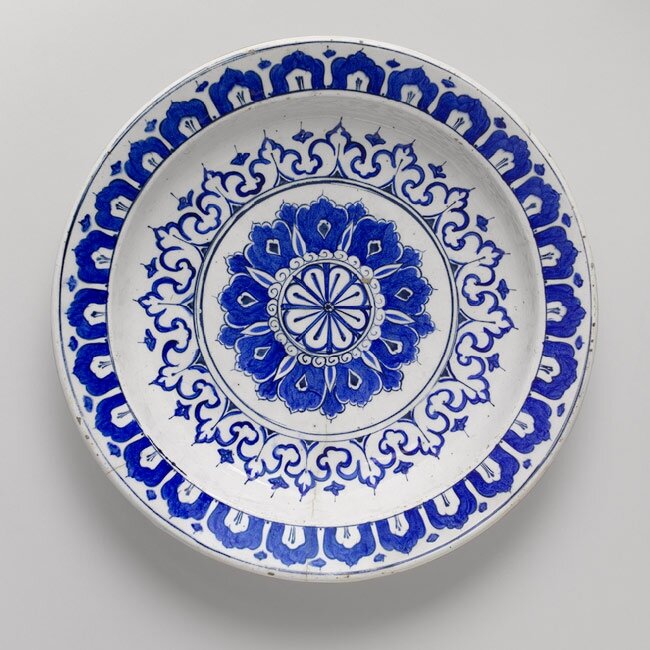A Qingbai molded baluster vase, Song-Yuan dynasty, 13th century. © Christie's 2003
The compressed center of the body with sharp edges bordered by chrysanthemum petal bands, with a herring-bone band at the base of the neck, covered with a thin glaze of good pale blue tone continuing over the everted mouth and stopping at the top of the splayed pedestal foot - 8¼in. (21cm.) high. Lot 261. Estimate $2,500 - $3,500. Price Realized $4,183
Provenance: Hans A. Öström Collection, Stockholm.
Professor Jan Hellner Collection.
Peter Boode, The Hague.
Notes: Compare two similar molded Qingbai vases, the first from The Museum of Far Eastern Antiquities, Stockholm, illustrated by J. Wirgin, Sung Ceramic Design, London, 1979, pl. 33a; the second from the Falk Collection, sold in these rooms, 20 September 2001, lot 99.
Christie's. FINE CHINESE CERAMICS AND WORKS OF ART, 18 September 2003, New York, Rockefeller Plaza













































